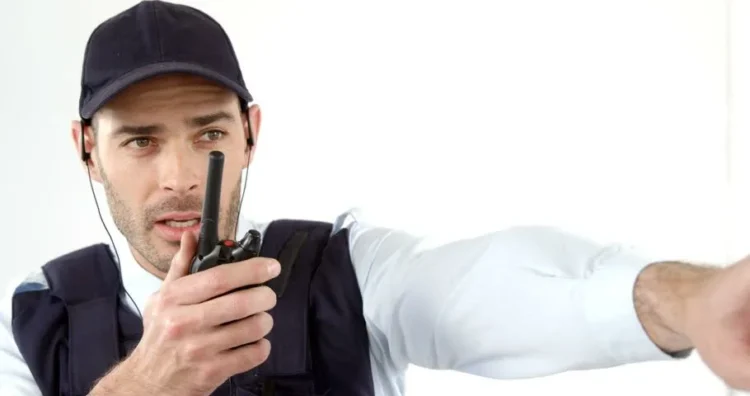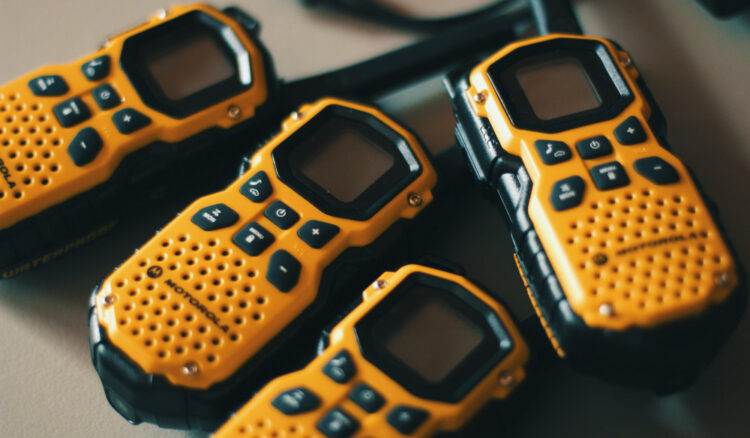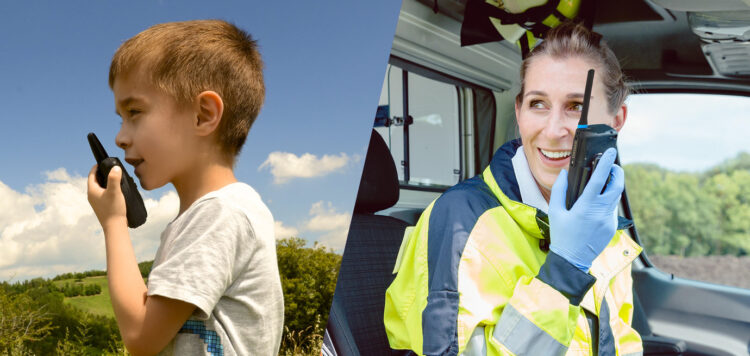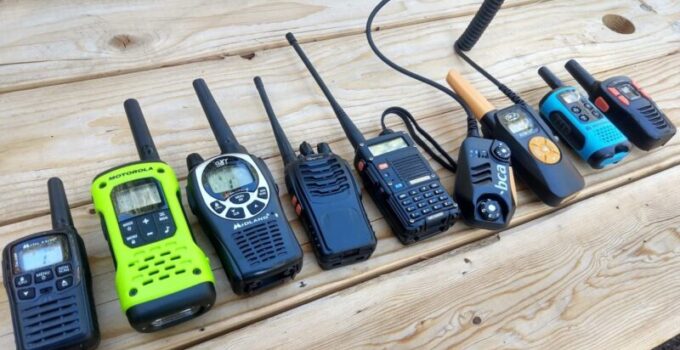We all use smartphone devices, which is one of the main reasons why we forget that a lot of people utilize two-way radios for a wide range of things. In fact, they remain the most essential piece of equipment for law enforcement, emergency personnel, storehouse managers, as well as security officers.
If you recently got a position that demands you to utilize a two-way radio, it’s crucial that you recognize that you cannot really utilize it as a smartphone, instead, there is a specific etiquette that you’ll have to follow. Here is our list of the top eight simple rules to follow when using a two-way radio:
Page Contents
1. Before Anything Else – Learn The Vocabulary
The very first rule that you must follow is that you’ll have to learn and use specific words and expressions in order to properly use a two-way radio. These phrases must be used when greeting, communicating with, and saying goodbye to the individual on the other side. Some of the words that you might come across aren’t commonly used, thus, you should ensure that you at least learn the most common codes and the meaning behind them.
For example, to confirm or contradict something, you can simply say “yes” and “no”, however, if you want to confirm that you understood what the other person said, you should say “roger that”. Additionally, expressions such as “over” mean that you’re done speaking, while “wilco” will let the other person know that you’ll follow all the instructions that they gave you. There are various two-way radio vocabularies out there, so, ensure that you check them out and learn the expressions and words you’ll need to use.
2. Always State Your Name

Source: shutterstock.com
Some brands of two-way radios don’t feature called ID, which means that they can be picked up and utilized by almost any individual out there. Because of this, you should always, I repeat, always state your name and surname when starting a conversation with someone. Some walkie-talkies do assign each individual with a specific call sign, hence, if applicable, always address the person on the other side by the call sign assigned to them.
3. Don’t Forget to Make Pauses
As we mentioned at the beginning of our article, two-way radios aren’t smartphones, which is why you must get used to waiting before talking. This indicates that you should wait for a second or two before clicking the “press-to-talk” key on the device. By doing this every time, you’ll make sure that the first two words don’t get lost, which will guarantee that you don’t need to repeat what you’ve said.
4. Everything Should Be Short And Precise
When utilizing such a device, you might want to avoid talking for a lengthy time, mostly because these devices weren’t designed for long communication. Instead, they’re meant for short communications so that you and the person on the other line can solve an issue or complete a job easily. If you need to express a lot of things, you must utilize the word “break” several times between sentence and stop pressing the talk key since this will allow the other individual to talk if they need to before you continue.
5. Don’t Forget to Protect Your Device

Source: premiumbeat.com
Since anyone can pick up and utilize your two-way radio that doesn’t feature a caller ID, it’s critical that you protect your device from, for example, falling. This can cause a lot of issues for you, especially if you work in a serious industry such as law enforcement. Because of this, it might be best if you purchase a holster for your walkie-talkie since this will ensure that you don’t lose it. You should also learn more about the best two-way radio holsters before you make a purchase.
6. There is a Phonetic Alphabet That You Must Remember
If there is ever a need for you to spell a word out over such a device, you mustn’t utilize letters as you would, instead, you’ll need to utilize NATO’s phonetic alphabet. This particular procedure utilizes words that represent every letter of the alphabet, thus, no one can get confused along the way. For instance, if you’re spelling out a license plate that finishes with “WT”, you should say “Whiskey, Tango”. You could find the alphabet online and use it.
7. Try Not to Interrupt Others While They Speak
If you’re ever in a situation where there are other individuals speaking over walkie-talkies, you must wait until they complete their discussion to convey your message – which is especially true in emergency situations. However, if you’re the one that needs to transmit an emergency notice without delaying it, you should first start the conversation by saying “break” three times. This will tell the other person that you have an emergency and they’ll focus on you.
8. Others Will Be Able to Hear What You’re Saying

Source: hytera-europe.com
Smartphones have an advantage, mostly because they ensure that other individuals cannot hear what the person you’re speaking to is saying. Two-way radios cannot ensure this, which is why you must always recognize that the people around you can hear all of your discussions, and also, the frequency you utilize could also be utilized by other individuals, meaning that they could also listen to what you’re saying.
Because of this, it’s crucial that you be extra careful if you’re conveying personal, secret, or sensitive info to the individual you’re talking to. Additionally, some of the devices available on the market have good and high-quality encryption, hence, if you aren’t using the two-way radio for work, you could opt for purchasing such gadgets. Doing all of this will prevent you from giving away specific info, thus, be extra careful.
Conclusion
Although a lot of people think that two-way radios could be used as a smartphone, they cannot. Instead, you’ll need to follow specific rules so that you could clearly and precisely communicate with the individual on the other side. Because of this, it might be best if you follow our tips and tricks from above.
Since you’ve now learned what are some of the most common rules that you’ll have to follow, you shouldn’t waste any more of your time reading articles similar to this one. Instead, you should start learning the basic lingo, as well as the phonetic alphabet so that you can communicate properly.





